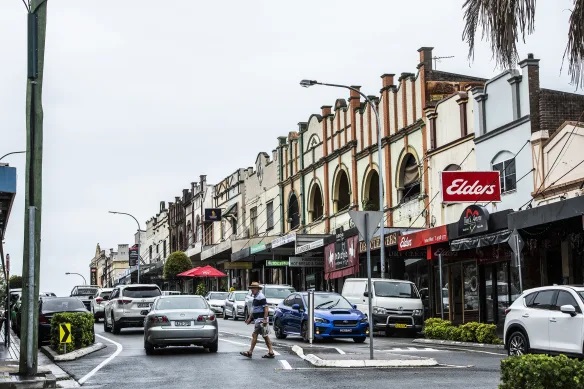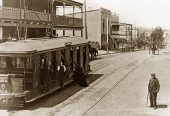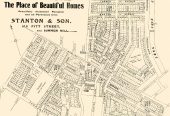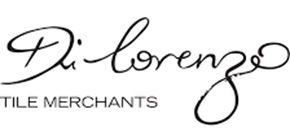HABERFIELD New South Wales 2045
SYDNEY INNER WEST SUBURB
Haberfield Inner West suburb has been around since 1803.
Haberfield is a suburb in the Inner West of Sydney, in the state of New South Wales, Australia. Haberfield is located 6.5 kilometres west of the Sydney central business district in the local government area of the Inner West Council.
Haberfield sits south of Iron Cove, which is part of Sydney Harbour. It is bounded to the east by the Hawthorne Canal, to the northwest by the Iron Cove Creek canal and to the southwest by Parramatta Road. Its main road is Ramsay Street and the point of land that faces Iron Cove, Dobroyd Point, is a historical locality of Sydney. Haberfield was dubbed “The Garden Suburb” in the early 20th century and retains its well-kept Parks, tree-lined streets and fine Federation-era houses with immaculate gardens. The entire suburb is heritage-listed. It is also known for its Italian culture.
History behind HABERFIELD
Haberfield was named by early landholder Richard Stanton, after the financial benefactor of his wife’s family; Lord Haberfield. Stantons wife’s maiden name was Nichols.
Aboriginal Prehistory
The area which comprises Haberfield was part of the broader area in which lived people from the Darug tribe known variously as the Wangals or Cadigals from the Eora nation. The modern-day Hawthorne Canal is believed to be the border between these two tribes. There is no specific evidence of indigenous settlement in the area. However, the area that is now Haberfield was one of the last areas in the inner-west to be developed and so, in the late 19th century, it again became a home to local kooris.
European Settlement
Nicholas Bayly, a soldier, received the first land grant in the area in 1803 but sold it two years later to Simeon Lord who called it Dobroyde Estate. Lord gave the land to his daughter Sarah Ann and her new husband David Ramsay as a wedding present in 1825 and it stayed in the hands of the Ramsay family until the end of the century. The Ramsays developed orchards in the area and built a number of fine houses for various members of the family including Yasmar (Ramsay spelt backwards) and St David’s Presbyterian church. They also created four of the suburb’s current streets: Ramsay Street, Dalhousie Street (named after the Ramsay’s historic home in Scotland), Boomerang Street and Waratah Street.
In 1901, landholder Richard Stanton bought 50 acres (200,000 m2) from two Ramsay children and subdivided the area to create a garden suburb. Sydney had recently suffered outbreaks of the bubonic plague in overcrowded parts of the inner city and the garden suburb movement was a response to that, encouraging fresh air. He also claimed the development to be “slumless, laneless and publess”. The houses were designed by the architectural firm Spencer, Stansfield and Wormald. Stanton named the suburb ‘Haberfield‘, after the English branch of his family. The fact that the development started in 1901 and a number of the early streets were named after prominent federal politicians has led to the suburb also being known as ‘The Federation Suburb’
Heritage
The majority of houses in Haberfield are protected under a ‘heritage order’, which is the main reason why so many original Victorian and Federation houses still exist in the area. Renovations and additions to both houses and properties must follow strict guidelines ensuring they stay true to the era’s style. Some examples of rules include: banning the addition of second storeys unless in the existing roof space, banning the demolishing of any protected houses, ensuring a 50:50 ratio of ‘hard surface’ to ‘soft surface’ on the property, ensuring house exteriors are painted in federation colours. Houses must also have a roof consisting of terracotta or slate tiles.
One notable landmark is Yasmar, at 185 Parramatta Road. Formerly known as Yasmar Hostel, this building was built circa 1870 of dressed stone, with a verandah and iron columns. It also features French windows and extensive cedar joinery, and is set in a lush garden. It was later part of Yasmar Juvenile Centre and is listed on the Register of the National Estate.
Haberfield has a ‘Heritage Association’ to help residents maintain their heritage properties.
Haberfield Present Day
Haberfield also has a strong Italian influence, which is most evident in the local shops along Ramsay Street, close to the intersection with Dalhousie Street. These include a hand made Pasta shop, a traditional Italian Bakery, traditional and contemporary Italian well known Pastry Shops and Gelaterias, and Italian Delicatessens and Butchers, as well as many Italian Cafes, Coffee Shops and Restaurants. The primary supermarket in Haberfield is IGA Lamonica which also has a well-stocked delicatessen inside. Many of the shops in Haberfield have received various awards for their quality.
Overview
- Category: HABERFIELD 2045
- Refunds: Not Applicable
- Returns: Not Applicable
- Add Buy Now Button: Buy Now Button No (Message Only)
- Product to be Shipped?: Not Applicable
- Delivery: N/A
- Ad Terms: Advertise
- Business Type: Other
- Business Type: -
- Address Location: Haberfield NSW 2045 Australia
- Garden Suburb
- Federation Houses
- Heritage Properties
- The Federation Suburb
- Heritage Listed Properties
























































Leave feedback about this